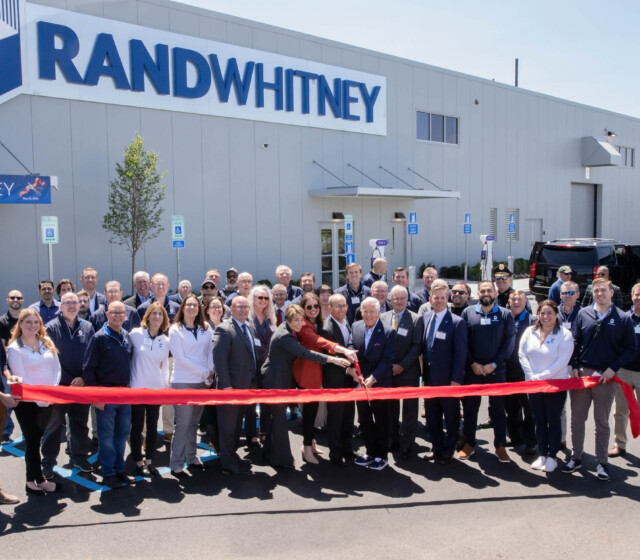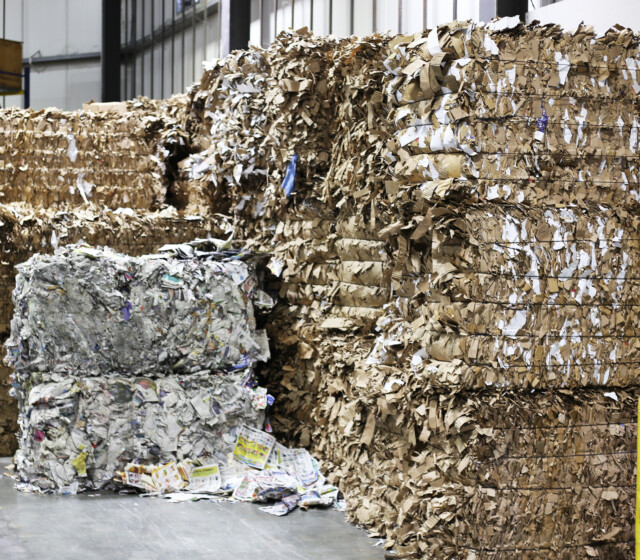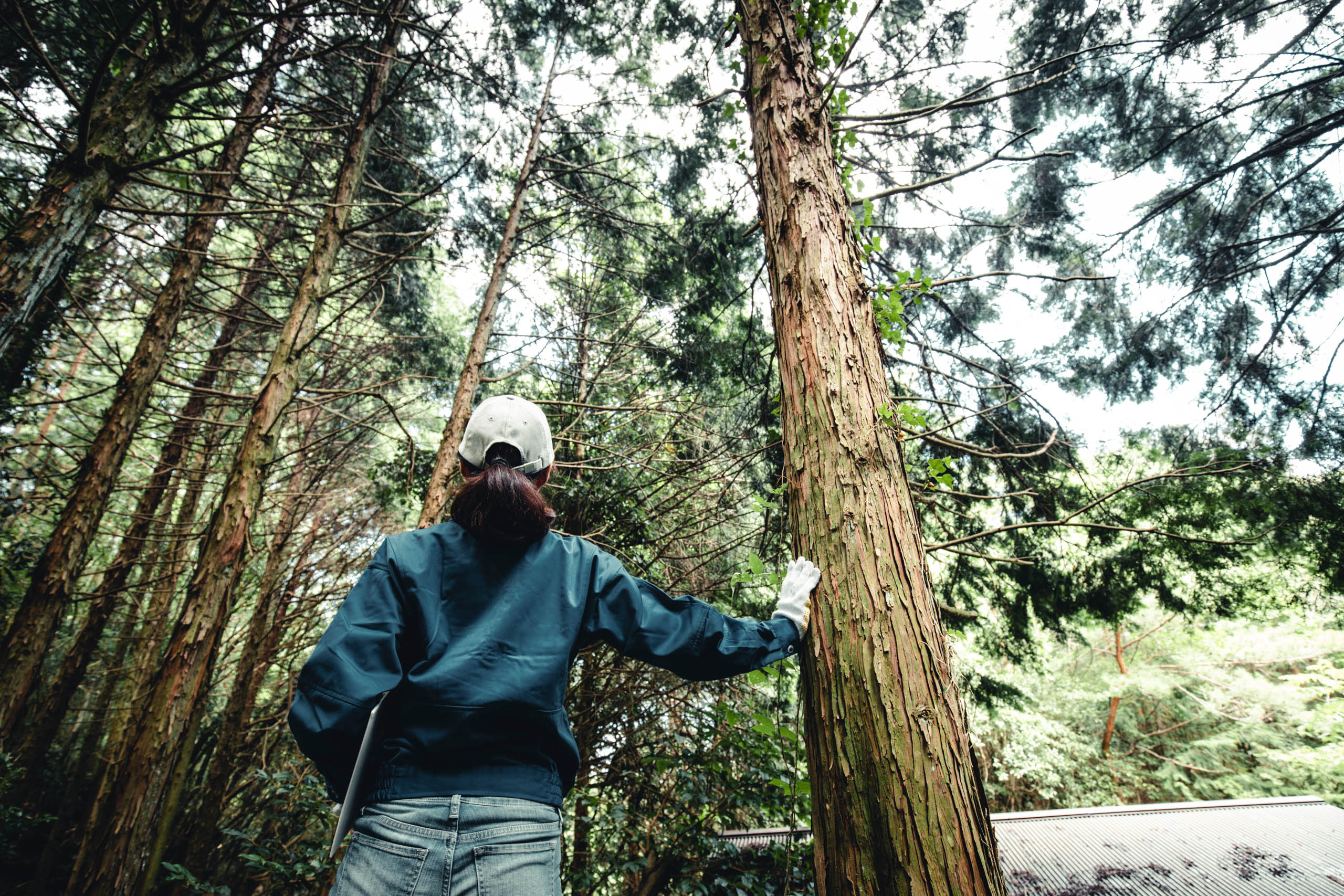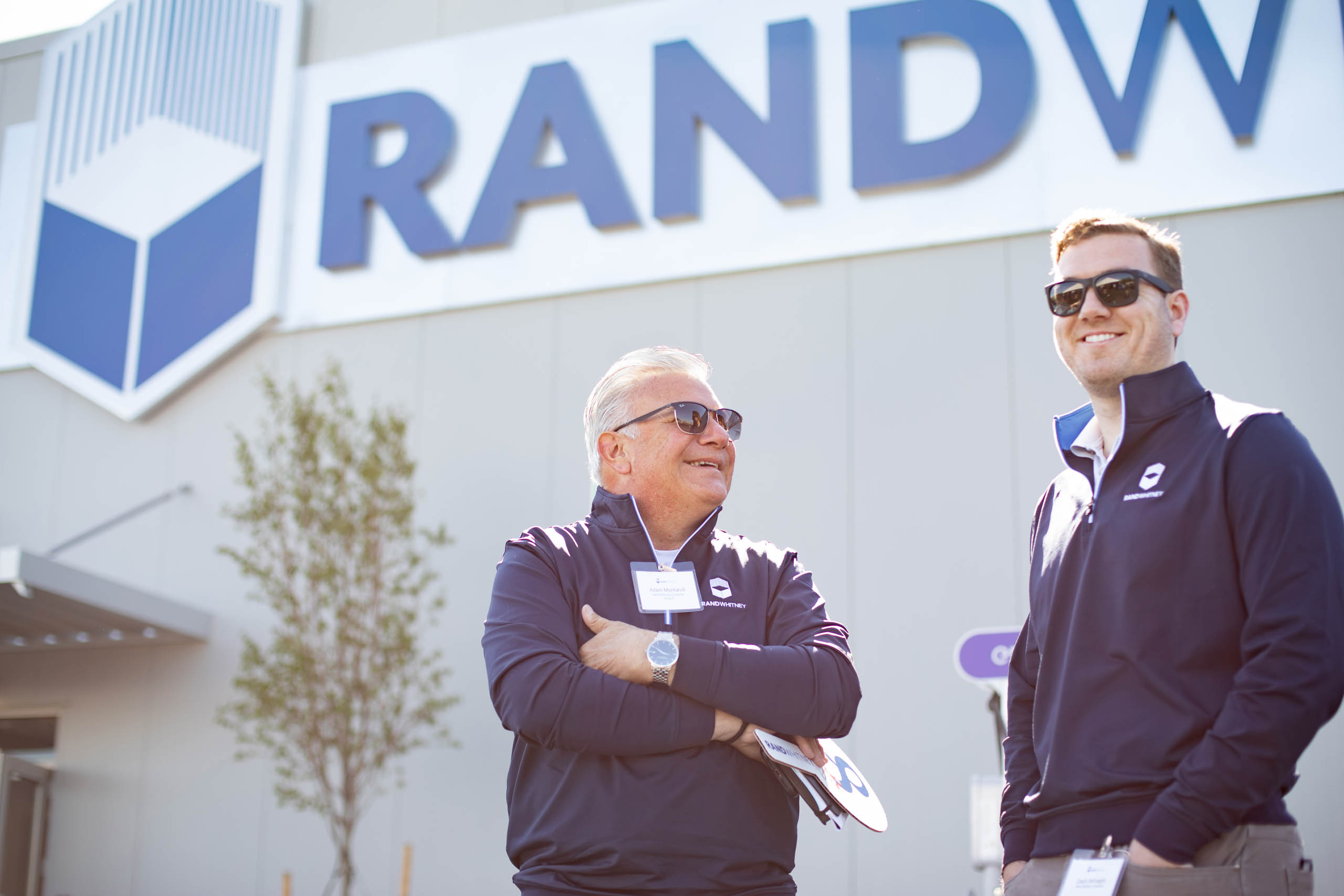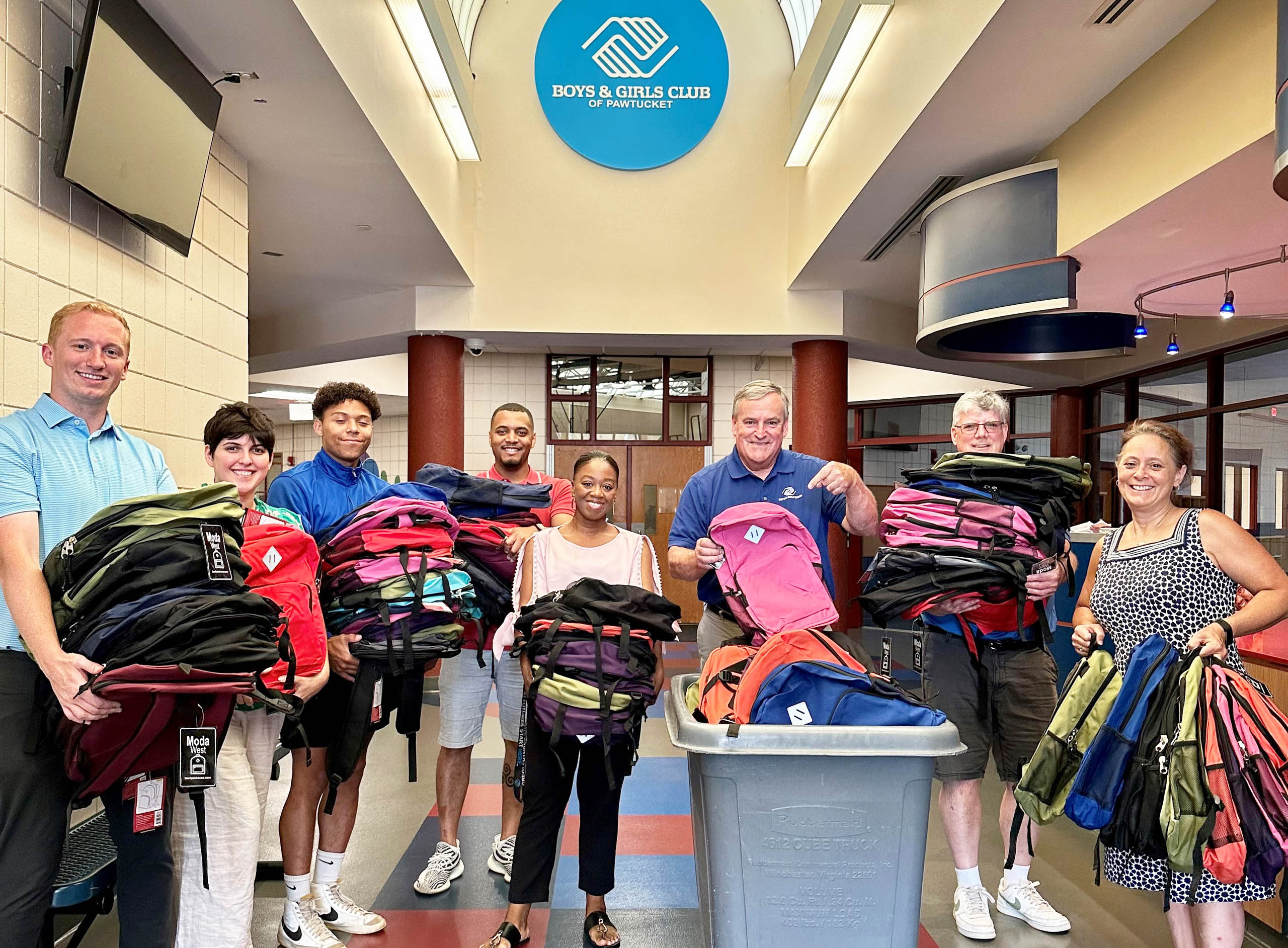
Sustainability
A Better Tomorrow
Starts With the Way We
Do Business Today
Sustainability Is In Our DNA
Our commitment to sustainability is at the core of our business. Corrugated packaging is made from responsibly managed renewable and/or recovered fibers and is recyclable or compostable[1], making it one of the most sustainable packaging substrates available in the market today. Our fibers come from Forest Stewardship Council (FSC) or Sustainable Forest Initiative (SFI) certified sources.
Through our “Closing the Loop” initiative we have embraced circularity for more than a decade, enabling our customers to meet their own goals for high-performance recycled-content packaging.
We participate in sustainability rating assessments that are relevant to our business and our customers, including EcoVadis and CDP. Our most recent EcoVadis assessment awarded us the bronze medal, which we see as a positive confirmation of our efforts and inspires us to continue improving.
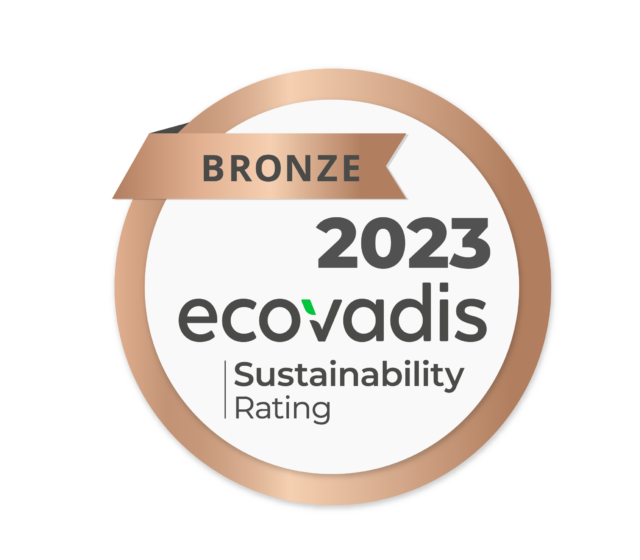
We’ve Been Awarded the Bronze Medal
In 2023, Rand-Whitney has been awarded the EcoVadis Bronze Medal, recognizing our sustainability performance. We are proud to have achieved this level, and to be placed in the top 31% of all companies assessed this year.
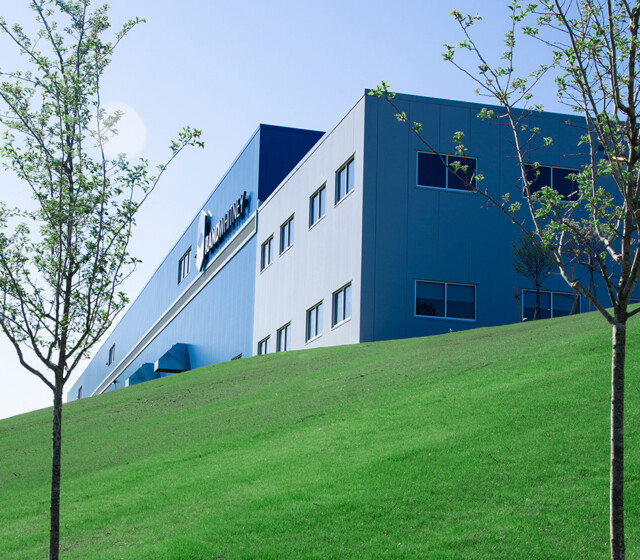
Evolution is the Key to Success
We strive to be a profitable and growing company, constantly expanding our horizons to meet modern demands and exceed the expectations of our customers. We have made investments in new facilities, machinery, technology, automation, and analytics that have enabled us to become more efficient and productive.
We are proud of our progress thus far. We understand that stakeholder and customer expectations around sustainability and packaging will only continue to rise. This is why we are redefining our sustainability ambitions to meet these increased expectations and to continue thriving over the long term.
Closing the Loop Through Innovation
In 1995, we established our “Closing the Loop” initiative, starting our journey to circularity. This loop starts with Rand-Whitney Recycling, who collects old, corrugated containers (OCC) through partnership with waste haulers in the New England region. Rand-Whitney Containerboard, then takes this OCC and transforms it into 100% recycled-content linerboard. Rand-Whitney Container then transforms this linerboard into corrugated packaging, offering a sustainable, cost-effective solution for our customers.
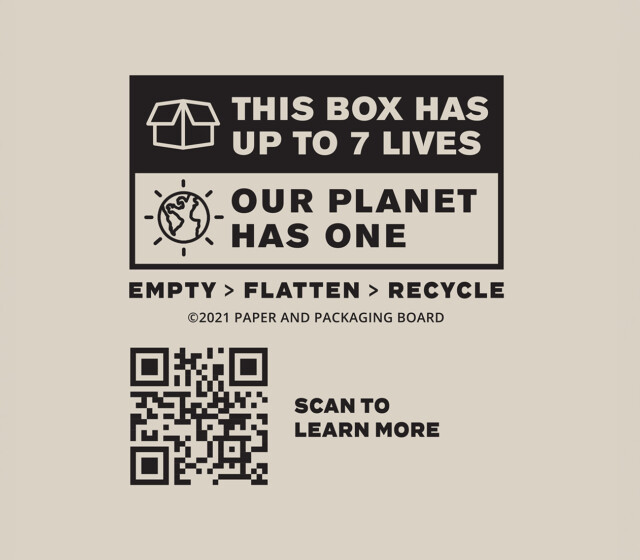
It’s Time to Choose Paper for Nature
Corrugated packaging is highly recyclable, with over 92% recovered annually. Packaging companies promote sustainability by recycling and planting trees. Customers can display the Paper for Packaging logo, recycling instructions, and QR code on their boxes to raise awareness.
[1] Corrugated packaging is recyclable and compostable unless it has been treated with coatings to provide additional protective properties (e.g. petroleum-based wax, wet strength barriers and resins, etc.)
